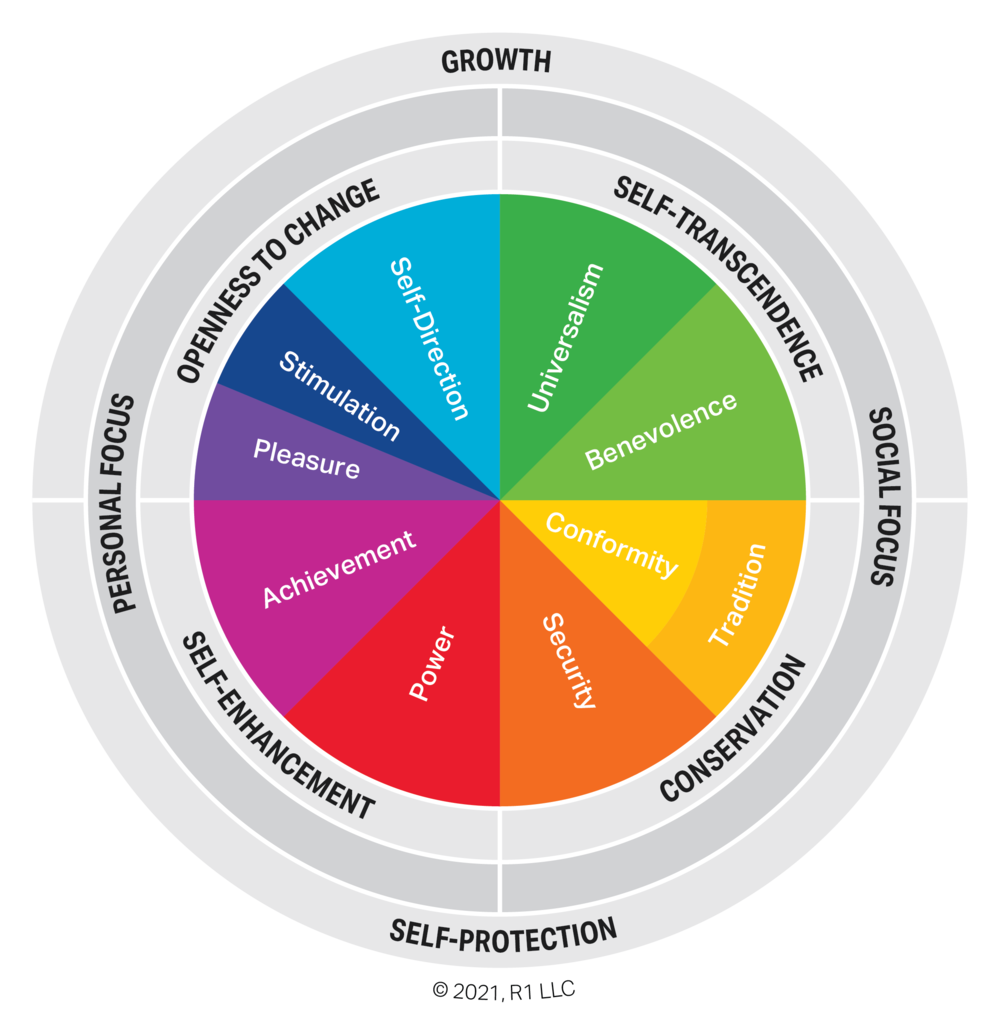No businesses are “small”. They’re all productive nodes in a tightly connected knowledge-building value-creating network.
There are roughly 32 million businesses in the US, of which 99.9% are what the government calls “small”. This classification of business accounts for about half of GDP and of total employment (making it just as productive as “big business”), and usually more than half of new job creation (making it more dynamic than big business). It’s often where innovation first enters the market, since small business is more open to risk taking than big business. If we remove the Fortune 500 and the Russell 5000, we’ve still got 32 million, rounded up, so let’s think of them as a community.
Within the 32 million, there is a wide range of size, whether measured by revenue or number of employees. The government in the form of the SBA (Small Business Administration) uses a range of up to 500 employees and a revenue of $7 million per year. But they also relax this range in different classification categories; their “small” financial and insurance business range goes up to 1,500 employees and $38.5 million in revenues. Clearly, there’s no consistency or integrity in their definitions, and not much useful information.
A better way to look at these businesses is as an integrated network of productivity, information flow, knowledge-building, innovation and value creation.
Productivity:
Dr. Samuel Gregg in his book The Next American Economy identifies the decline in the formation of new entrepreneurial businesses as responsible for the significant decline in American productivity. These businesses have an intensified motivation to be productive; it’s hard to get capital, so they need to make the most of what they’ve got and find agile ways to borrow, rent or originate capital. They can’t afford productivity-sapping bureaucracy. They find ways to accelerate cash flows. They adopt new technological innovations quickly so as to take advantage of productivity enhancements. Productivity is essential for them.
Knowledge-building:
Bartley J. Madden in his book Value Creation Principles, identifies knowledge-building proficiency as the fundamental driver of firm performance. In the integrated 32-million strong network of businesses we are analyzing, information flows faster and more freely as a result of more network nodes, more connections between nodes, and lack of barriers to learning such as bureaucracy. These businesses know they must learn at speed, apply their learning fast and use it to serve customers better. There’s no learning time to lose.
Dynamic Efficiency:
Efficiency is an economic concept that hasn’t been very helpful for business in general. It tends to mean doing less with less: cutting costs, saving on inputs, not risking innovation, not attempting experiments with uncertain outcomes. But economist Jesus Huerta de Soto developed the contrasting concept of dynamic efficiency: fast adaptation to changing customer preferences, and rapid creation and adoption of new market knowledge, with an economy of time and agile decision-making. This is the entrepreneurial method, and the way that the 32 million competes effectively with larger, better resourced but less agile firms.
Pure value creation:
Businesses generate cash flow as a result of the valuable customer experiences they enable. The value that customers perceive turns into willingness to pay, resulting in cash flow that is the life blood of small businesses who have less access to credit and debt to fund their working capital needs. The 32 million are acutely sensitive to cash flow, and therefore to customer value. They remove all obstacles to customer value, including bureaucracy, complicated service arrangements that obscure value visibility and take time, and any other obstructions they can identify. These businesses know that they must pursue pure value creation.
Customer focus:
The disciplines of dynamic efficiency and pure value creation demand an intense customer focus. The 32 million choose their customers carefully, develop a deep knowledge of them and their needs, nurture empathy to get on the same wavelength with customers regarding those needs, and are constantly listening for feedback and adjusting to any new signals that come through the feedback channel. This intensity of customer focus sustains the innovation and elevated quality of service that, in turn, secures continuity and strengthening of business relationships. That’s why these businesses are the backbone of the economy.
Unentangled with government:
The greatest barrier to all business-driven economic growth, progress and innovation is government. Both taxation and regulation are business-killers by intent. Big business becomes entangled with government. They develop big bureaucracies to comply with regulation, keeping them close to government and saddling the 32 million with disproportionate compliance costs if they’re forced to match big-business compliance practices. And big businesses assemble lobbying forces and budgets to design, write and pay for government approval for regulations that protect them and over-burden others. It’s this entanglement with government that condemns big business to permanent inefficiency, and also results in the kind of government-directed surveillance scandals that are currently being uncovered.
The 32 million is in no way small. It’s the vital, leading edge group that brings innovation, growth, development and dynamism to the economy. Let’s find another term than “small business”.
